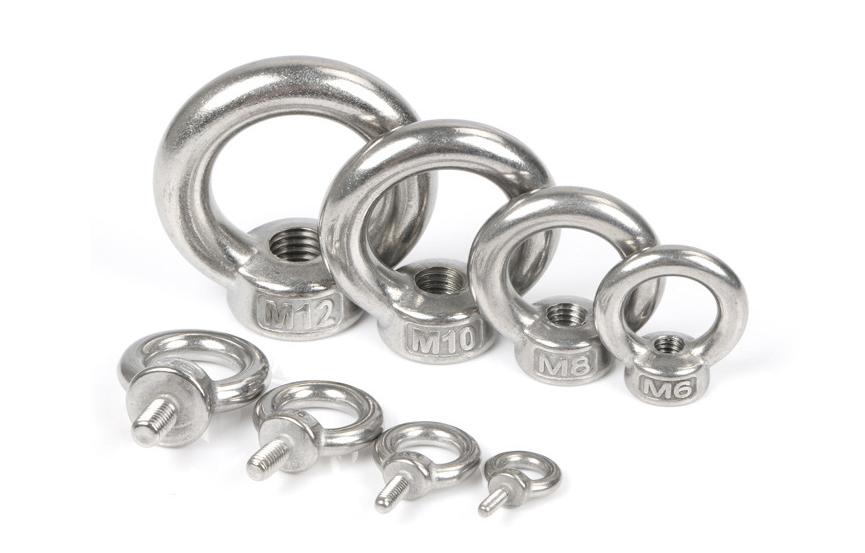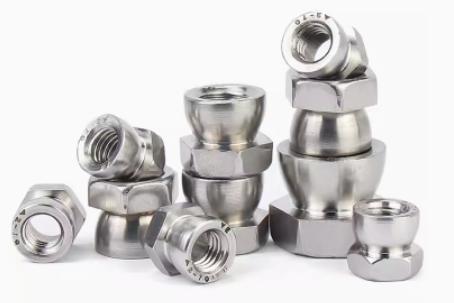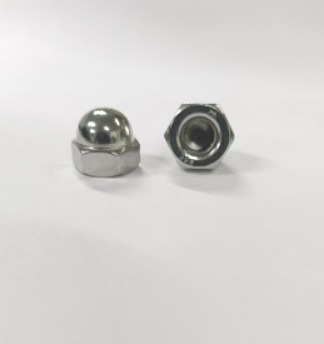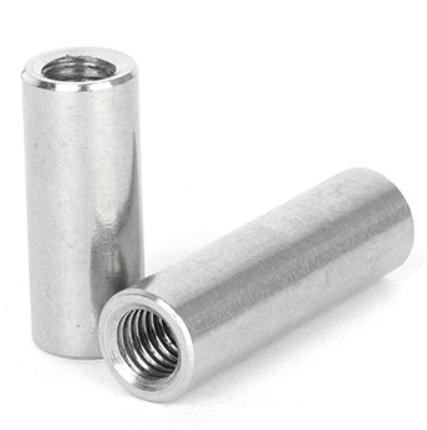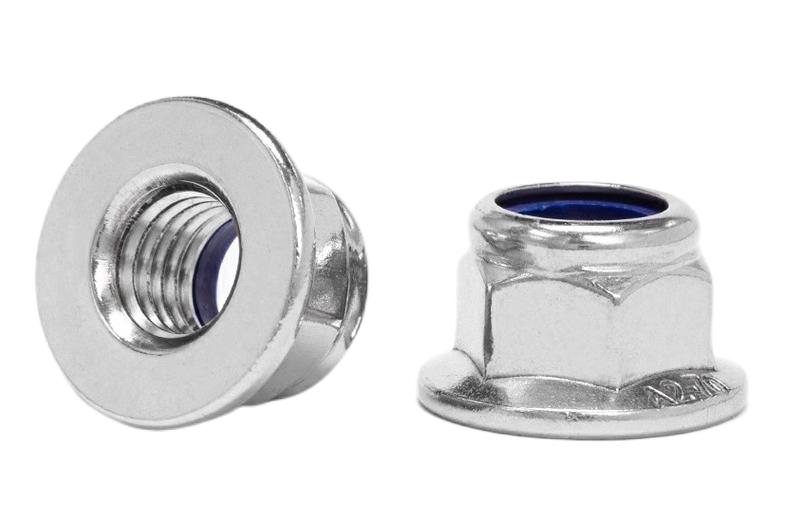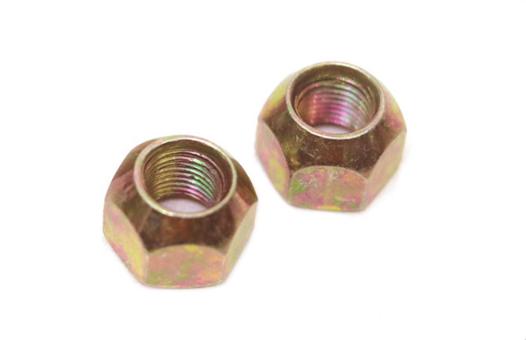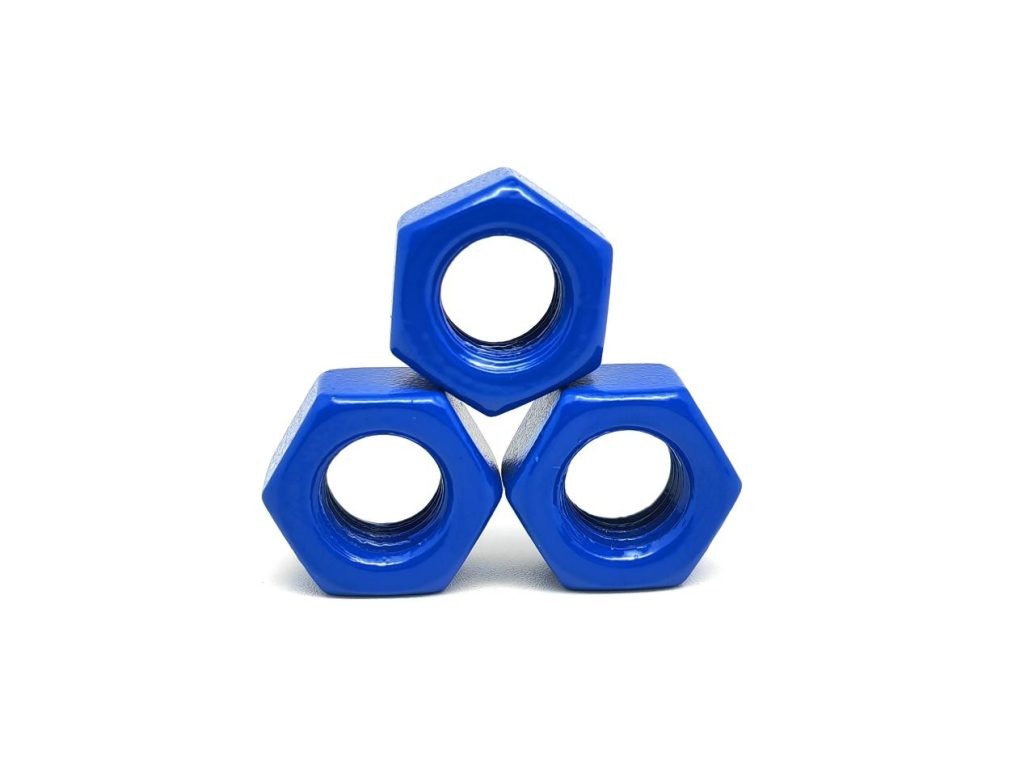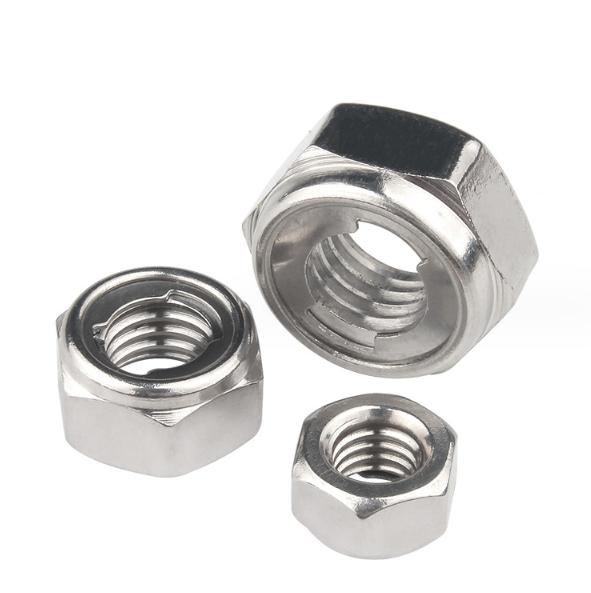How Do Lock Nuts Work?
Lock nuts are small but important components used in machinery, building, and a variety of mechanical applications. Lock nuts, as opposed to standard nuts, which rely purely on friction to keep bolts or screws in place, include extra features that improve their capacity to remain securely fastened. These modest fasteners perform an important function in the integrity and stability of assemblies. In this article, we’ll discuss the topic of how lock nuts work, exploring the locking mechanisms, working process, various types of lock nuts, and their significance in ensuring safety and reliability across diverse industries.
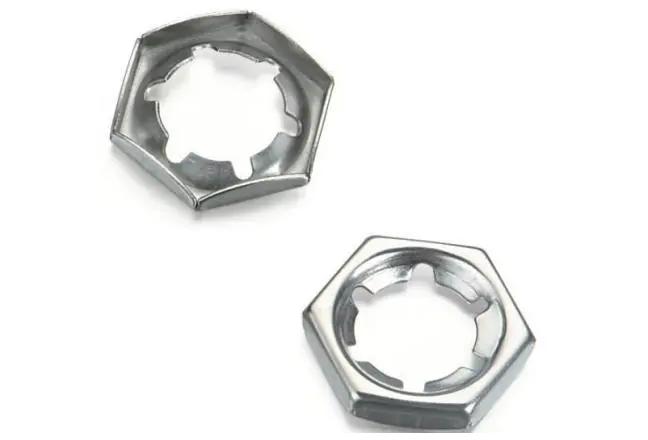
What are the Working Mechanisms of Lock Nuts?
Enhanced Locking Mechanisms
Lock nuts, use specialized mechanisms to increase their resistance to loosening. These devices give extra locking features in addition to friction.
Various Types
Locking fasteners are classified into several varieties, each with its own design and locking mechanism. Nyloc nuts, serrated flange nuts, prevailing torque lock nuts, and other types are examples.
Resistance to Loosening
Locking mechanisms in these fasteners give rotational resistance beyond what friction alone can provide. They create interference or engagement points that make it difficult for the fastener to unintentionally back off.
Effective in Vibrating Environments
Locking nuts perform especially well in settings with vibrations, shock, or dynamic stresses. Even when subjected to external stresses, they can preserve their integrity and avoid loosening.
Torque Control Remains Important
While locking mechanisms improve security, torque control during installation is still required. Overtightening or under-tightening might have an impact on the locking mechanism’s effectiveness.
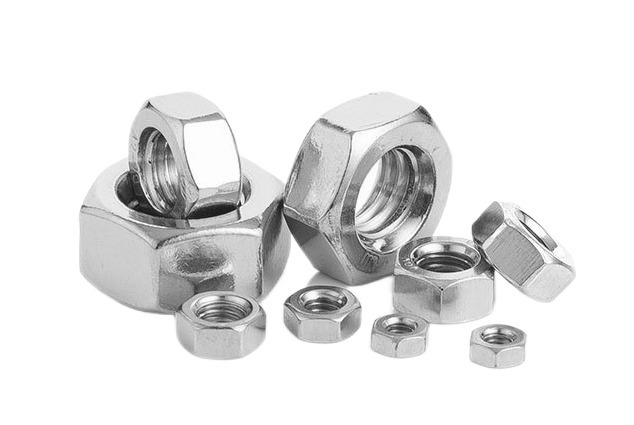
What is the Work Process of Lock Nuts?
Lock nuts work by adding resistance to any force that could cause them to rotate or back off. This resistance can be attributed to either the locking mechanism or the interaction between the nut and the mating surface.
Initial Installation
The locking mechanism resists attempts by external forces or vibrations to compel the nut to rotate in the other direction (loosening). For example, the distorted nylon component in a nylon nut adds friction, preventing the nut from easily turning rearward.
Preventing Backward Movement
As external forces or vibrations attempt to cause the nut to rotate in the reverse direction (loosening), the locking mechanism resists this movement. For instance, the deformed nylon insert in a nylon nut creates additional friction that prevents the nut from easily turning backward.
Maintaining Tension
Lock nuts aid in the maintenance of threaded connection tension or preload. This is especially important in applications where fastener tightness is required for safety and performance.
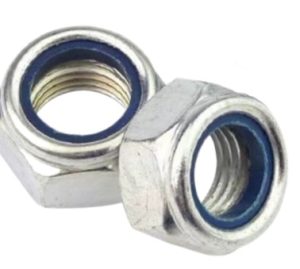
What are the Common Types of Lock Nuts?
Lock nuts come in various types to suit specific applications.
Nyloc Nuts
Nyloc nuts are a popular type of lock nut with a nylon inlay. The nylon insert deforms and interacts with the threads as the nylon nut is threaded onto the fastener. This generates a tight, friction-based grip between the nut and the fastener, making rotation and loosening difficult.
Flange Nuts
Flange nuts have a wide, flat flange that provides additional surface area for gripping and resisting loosening. When tightened onto the fastener, these serrations “bite” into the mating surface, creating additional resistance against rotation. This interference between the serrations and the surface prevents the nut from easily coming loose.
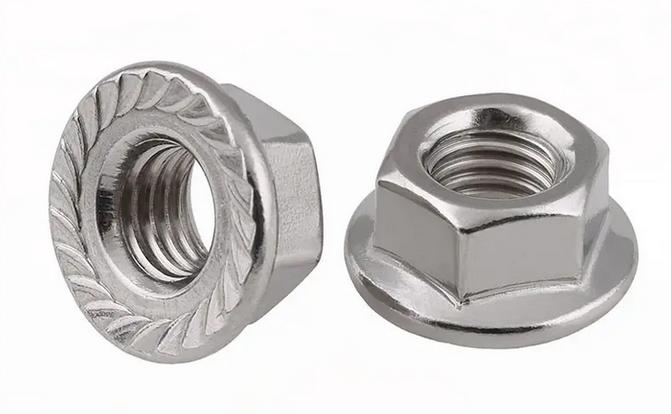
Top-Lock Nuts
They include a washer-like locking mechanism pre-installed on the top side of the nut.
Castle Nuts
Castle nuts have slots and are frequently used with cotter pins for extra security.
Jam Nuts
Thinner nuts are frequently used in conjunction with a normal nut to provide a locking effect.
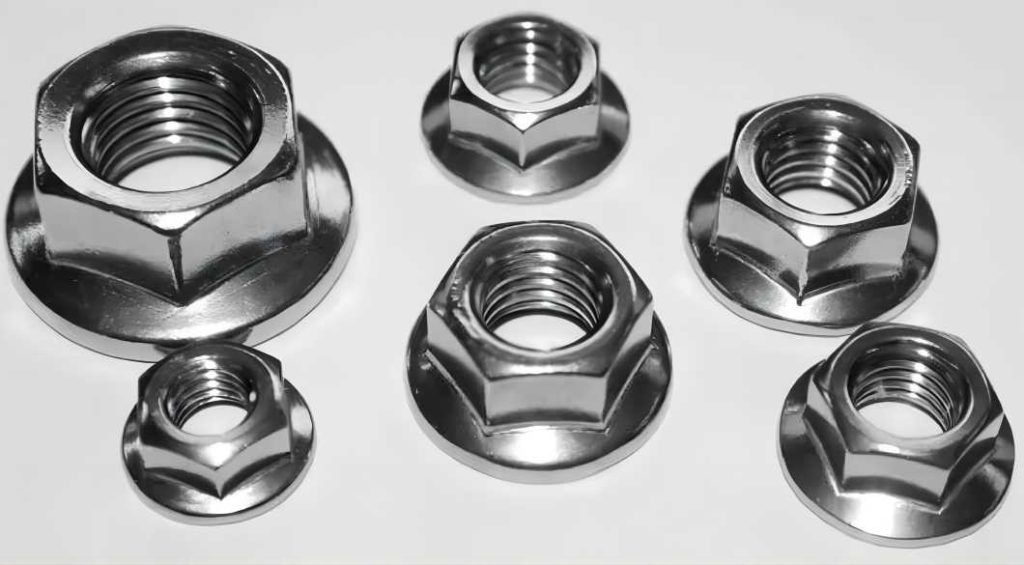
Why Lock Nuts are Important in Engineering and Safety?
Lock nuts are essential in many engineering applications where threaded connections must be reliable and safe.
Aerospace
Lock nuts are critical components in aviation and spacecraft that must tolerate severe temperatures and vibrations.
Automotive
Lock nuts aid in the secure fastening of vehicle parts, assuring safety and performance.
Construction
Lock nuts help to maintain the structural integrity of connections in buildings and infrastructure.
Machinery
Lock nuts are used in heavy machinery and industrial equipment to prevent unintentional loosening of crucial components.
Summary
The unsung heroes of threaded connections are lock nuts. They go beyond the simple notion of friction and use innovative locking mechanisms to keep secured assemblies together. Lock nuts discreetly perform an important role in keeping everything tight, secure, and safe, whether in the skies, on the road, or in heavy machinery.

